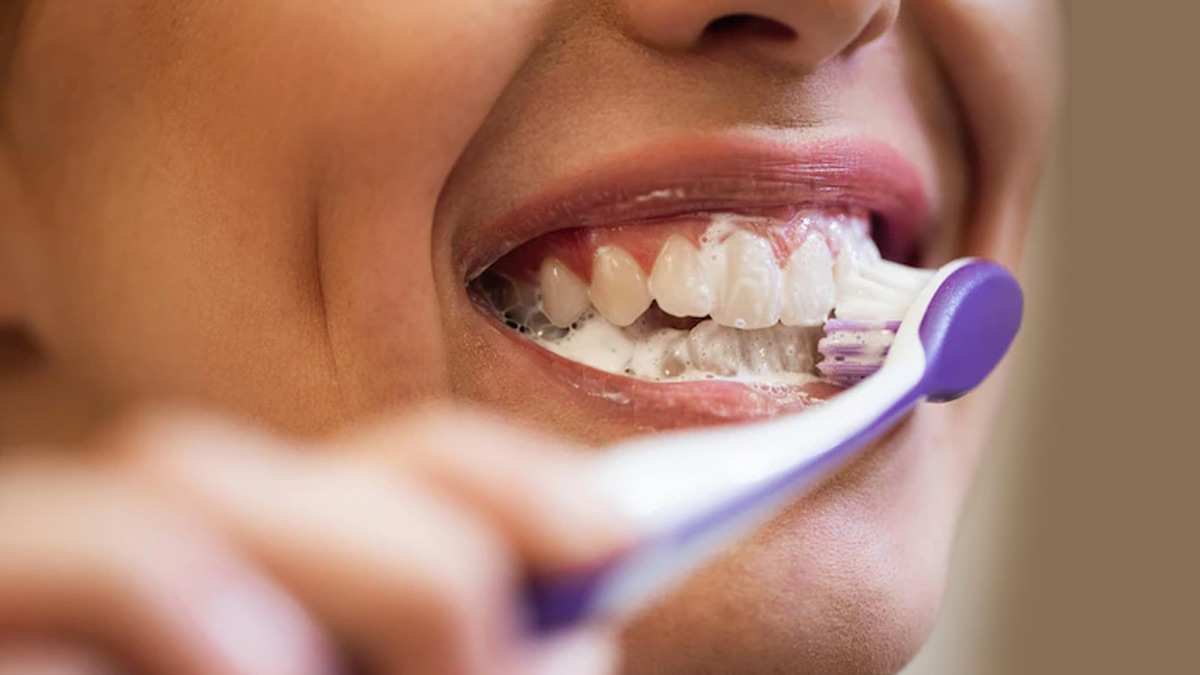
Brushing is the most efficient way to take care of your oral hygiene. However, after brushing for years, people constantly do it wrong without even realising it. This article tells six brushing habits that you need to unlearn.
Table of Content:-
Brushing Duration
One of the common brushing habits that people develop over time is to either brush too quickly or for too long. In both cases, the results are not rewarding. While brushing too quickly will leave the food particles and bacteria behind, brushing too long has a risk of eroding your tooth enamel. So what is the correct duration? The answer is two minutes, as recommended by the American Dental Association.

Brushing Too Hard
Brushing hard may seem a good tactic to get rid of sticky mouth bacteria. However, this can lead to consequences. Hard brushing not only has a risk of enamel damage but can also harm your tender gums, giving you more pain than reward. Thus, it is advisable to brush lightly in a circular motion with a soft-bristled toothbrush.
Also Read: Before or After Brushing: The Right Time To Floss Your Teeth
Rinsing Mouth Immediately After Brushing
You have been practising the same routine of brushing, spitting and rinsing your mouth. It may seem surprising to know that rinsing your mouth with water immediately after brushing can be less benefitting. This is because your fluoride-containing toothpaste needs some time to show its effects on your teeth. When you rinse your mouth with water, you decrease the effectiveness of the fluoride. Instead of rinsing your mouth with water, spit out the excess toothpaste and rinse with an antibacterial mouthwash. But keep in mind to not rinse with water after that as well.
Brushing At Incorrect Angles
Most people use side-to-side motion to brush their teeth. This cleans your teeth but not effectively. If you hold your toothbrush at a 45-degree angle towards the gum while brushing, it will fetch more results. This angle helps in cleaning your teeth more effectively, as the bristles get slightly underneath the gum line, cleaning it.
Not Replacing Toothbrush Timely
Many people do not change their toothbrushes timely. They use the same rugged toothbrush for months and sometimes even for years. The broken bristles of the toothbrush can harm your mouth as it will not serve the purpose they are meant for. The American Dental Association recommends changing the toothbrush every three or four months. Additionally, you need to change your toothbrush if you have used it during the time of illnesses such as cold or flu.
Incorrect Toothbrush Storage

Storaging toothbrush correctly is also very important. Most people feel it safe to keep toothbrushes in a closed container or a box. However, this causes unintended harm to your toothbrush and your oral health. Doing this can lead to trapping the moisture in the bristles of the toothbrush, increasing bacterial activity. So the next time you brush your teeth with the same toothbrush, you increase the germ level in your mouth.
Also Read: 5 Reasons Why Regular Tongue Cleaning Is A Must Apart From Brushing Teeth
To avoid this, keep your toothbrush in an upright position preferably in a cup or toothbrush holder where it can dry properly. Also, do not make the mistake to keep it near the toilet seat. This is because there are chances that while you flush, the water droplets may splash over the toothbrush.
Conclusion
Keeping these common but important things in mind will give clean your teeth effectively and keep your oral better.
Image Credits: freepik
Also watch this video
How we keep this article up to date:
We work with experts and keep a close eye on the latest in health and wellness. Whenever there is a new research or helpful information, we update our articles with accurate and useful advice.
Current Version